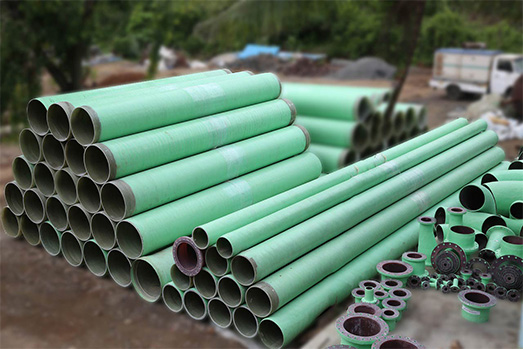FRP, FRVE
Fibre-reinforced polymer (FRP), also Fibre-reinforced plastic, is a composite material made of a polymer matrix reinforced with fibres. The fibres are usually glass, carbon, or aramid, although other fibres such as paper or wood or asbestos have been sometimes used. The polymer is usually an epoxy, vinylester or polyester thermosetting plastic, and phenol formaldehyde resins are still in use. FRPs are commonly used in the aerospace, automotive, marine, and construction industries.
Composite materials are engineered or naturally occurring materials made from two or more constituent materials with significantly different physical or chemical properties which remain separate and distinct within the finished structure. Most composites have strong, stiff fibres in a matrix which is weaker and less stiff. The objective is usually to make a component which is strong and stiff, often with a low density. Commercial material commonly has glass or carbon fibres in matrices based on thermosetting polymers, such as epoxy or polyester resins. Sometimes, thermoplastic polymers may be preferred, since they are moldable after initial production. There are further classes of composite in which the matrix is a metal or a ceramic. For the most part, these are still in a developmental stage, with problems of high manufacturing costs yet to be overcome. Furthermore, in these composites the reasons for adding the fibres (or, in some cases, particles) are often rather complex; for example, improvements may be sought in creep, wear, fracture toughness, thermal stability, etc.
FRVE is an engineered composite material, made from carbon fibers and a proprietary resin combination to deliver exceptional performance. FRVE is ready to use, requiring no additional curing or resin infusions, pressing or processing.
Features:
- Potable Water and desalination industries
- Chemical, Petrochemical, Oil & Gas industries
- Irrigation and Sanitary services
- Water distribution and transmission
- Power plants
Specifications:
- Lightweight which makes it easy for handling and transport
- Dimensional stability
- Low maintenance cost
- Resistance to biological attacks like bacteria
- Suitable for both aboveground and buried piping

